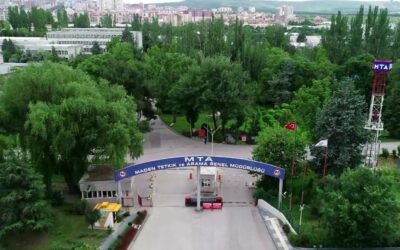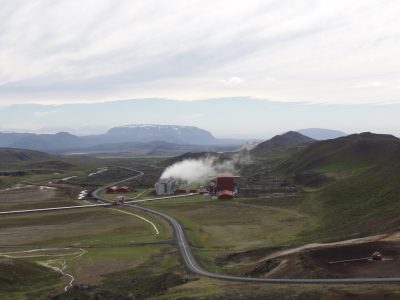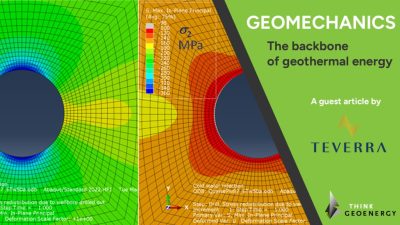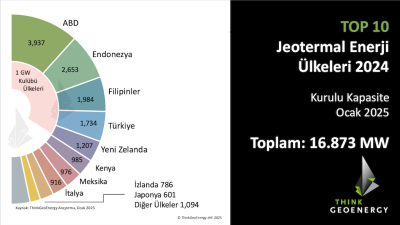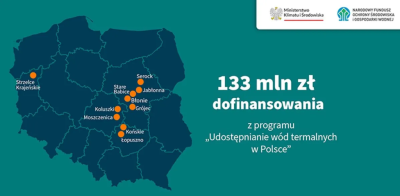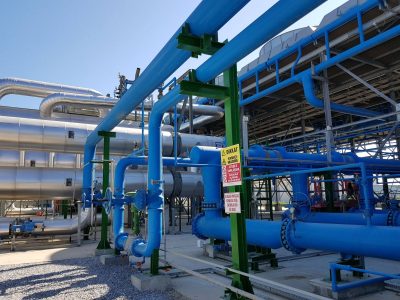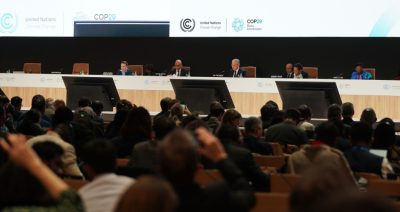Hybrid energy systems as driver for renewable energy development?
One of the principal caveats of renewables is their variability but pairing for example geothermal and solar, their efficiency can be largely developed.
Hybrid energy systems could benefit the development of renewable energy according to a recent study. Geothermal energy is know for its baseload capacity and pairing it with other renewables can make it more attractive and foster its development.
A new report found that better energy storage could significantly increase the use of renewable energy in the United States. The study also urges the development of hybrid systems in which one form of renewable energy, such as solar, is available while the other, such as wind, is minimal.
Up to now the primary drawback of implementing alternative energy systems was too much variability. If there is no wind or no sunshine, an additional energy system has to be available to compensate.
Energy policy analyst Anna Kelly notes, “Wind energy is already pretty cost-competitive and solar energy is quickly getting there. The key to greater use of these and other technologies is to match them in smart-grid, connected systems. This is already being done successfully in a number of countries and the approach could be expanded. This is more than just an idea; it’s a working reality in energy facilities around the world, in places like Spain, Morocco, and China, as well as the United States. Geothermal is being paired with solar; wind and solar with lithium-ion batteries; and wind and biodiesel with batteries. By helping to address the price issue, renewable energy is being produced in hybrid systems by real, private companies that are making real money.”
Advanced energy storage will make renewable energy more functional. For example, some electricity produced by wind farms in Wyoming is transmitted to Utah for storage via compressed air for later use in helping power Los Angeles.
Report co-author Joshua Merritt adds: “Our transmission grids need major improvements so we can more easily produce energy and then send it to where it’s needed. There are some regulatory hurdles to overcome. And the public has to more readily accept energy systems like wind, wave or solar in practice, not just in theory.”
According to the report, the long-term goal is identifying technologies that can work in a hybrid system.“With development, the cost of these hybrid systems will decrease and become increasingly competitive, hopefully playing a larger role in power generation in the future.”
Source: Smart Meters







